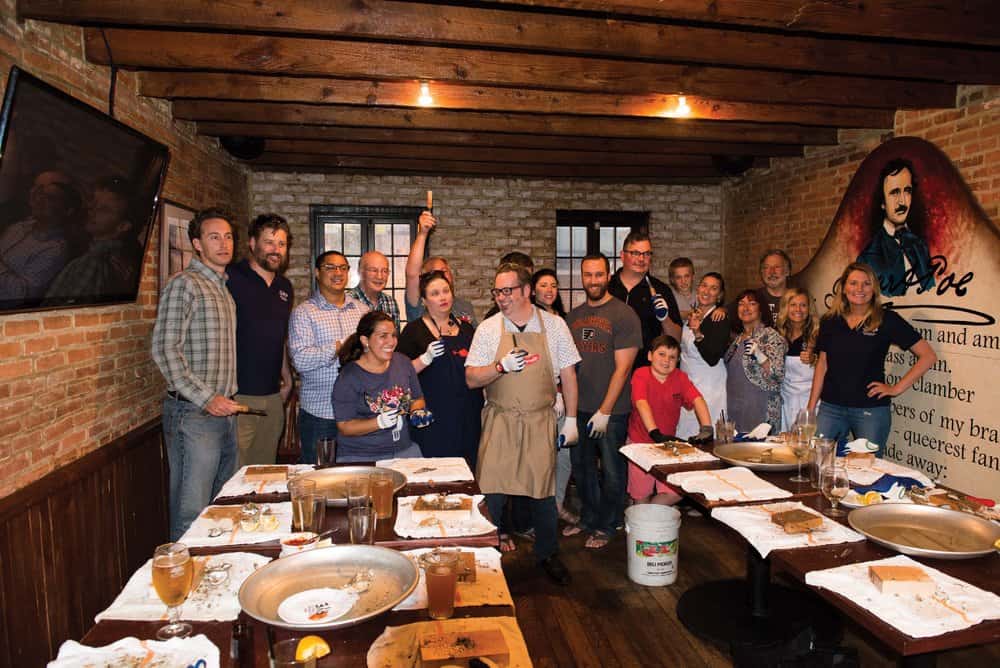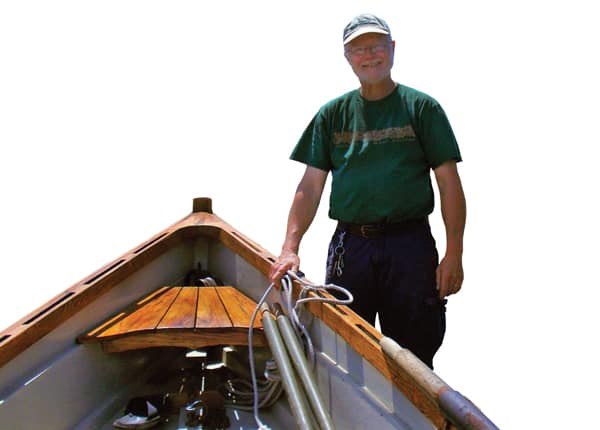by Meg Walburn Viviano
The Oyster Recovery Partnership team makes it look easy.
It’s no secret that people living around the Bay love to eat oysters. They’re part of our history and our heritage. You can find the iconic shellfish at fine restaurants and classic waterfront seafood joints. Oysters are blissfully simple, served raw on the half shell with DIY garnishes like cocktail sauce, horseradish and a lemon wedge.
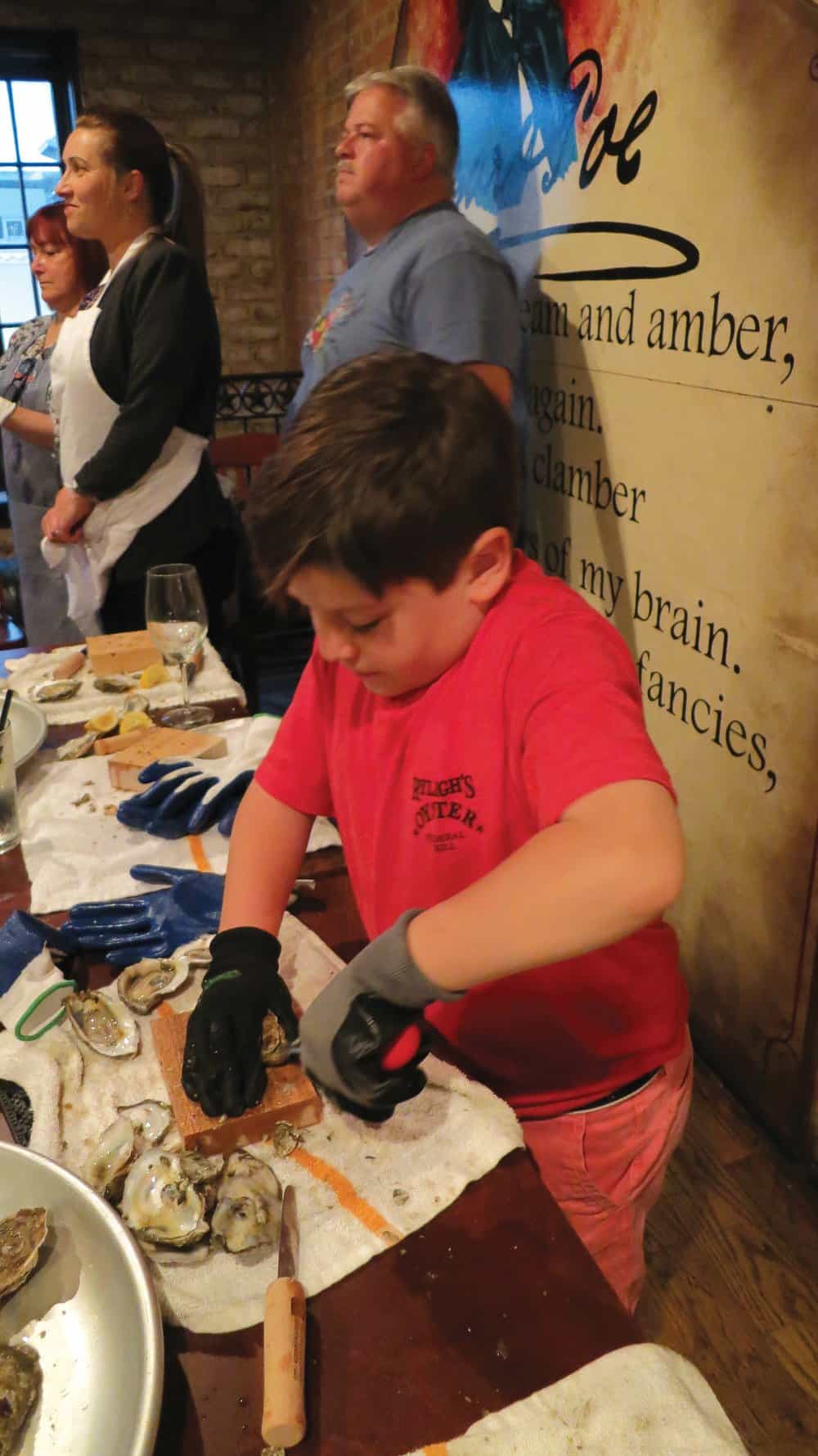
But how many oyster lovers are game to grab an oyster knife and a sharp-edged live oyster and crack open the delicious bivalve themselves? This writer has tried it only once, on a New Year’s Eve years ago. With a borrowed oyster knife, my 20-something friends and I risked life and limb to pry open the shells and get to the slurpy goodness inside. Eventually we managed to eat most of the oysters, but more than one shell ended the night shattered into layers of shell, and some blood was spilled. (Not mine.)
What’s a girl to do, dreaming of an at-home oyster experience? The Oyster Recovery Partnership (ORP) has the answer. This benevolent oyster restoration organization has launched a fun program, in partnership with various popular oyster houses, to introduce oyster eaters to the art of oyster shucking.
I got my chance to see the Shuck Like a Pro program in action, on a summer evening at Ryleigh’s Oyster in Baltimore’s Federal Hill district. Yes, summer, because, with the growth in oyster aquaculture, fresh-cold oysters are available year-round.
On this occasion, couples, young professionals and families gathered at Ryleigh’s to learn how to pry the rocky shells open and reach the good stuff inside. Everyone got a shucking knife, gloves for gripping and a block of wood to shuck on. Fresh Sewansecott oysters from the Atlantic coast of Virginia were brought out on a bed of crushed ice. But they didn’t arrive on the half shell, nicely shucked. It was up to the diners to get inside.
Expert shucker Dale German, wearing a screen-printed T-shirt that asked, “What the Shuck?” led the lesson, assisted by Ryleigh’s Assistant Manager Matt Kavanagh. Kavanagh grew up helping his uncle shuck at bull and oyster roasts, so shucking is second nature to him.
As the pupils stood around two long tables, oyster knives in hand, German kicked things off by announcing, “There are only two rules: Don’t hurt yourself, and have fun!”
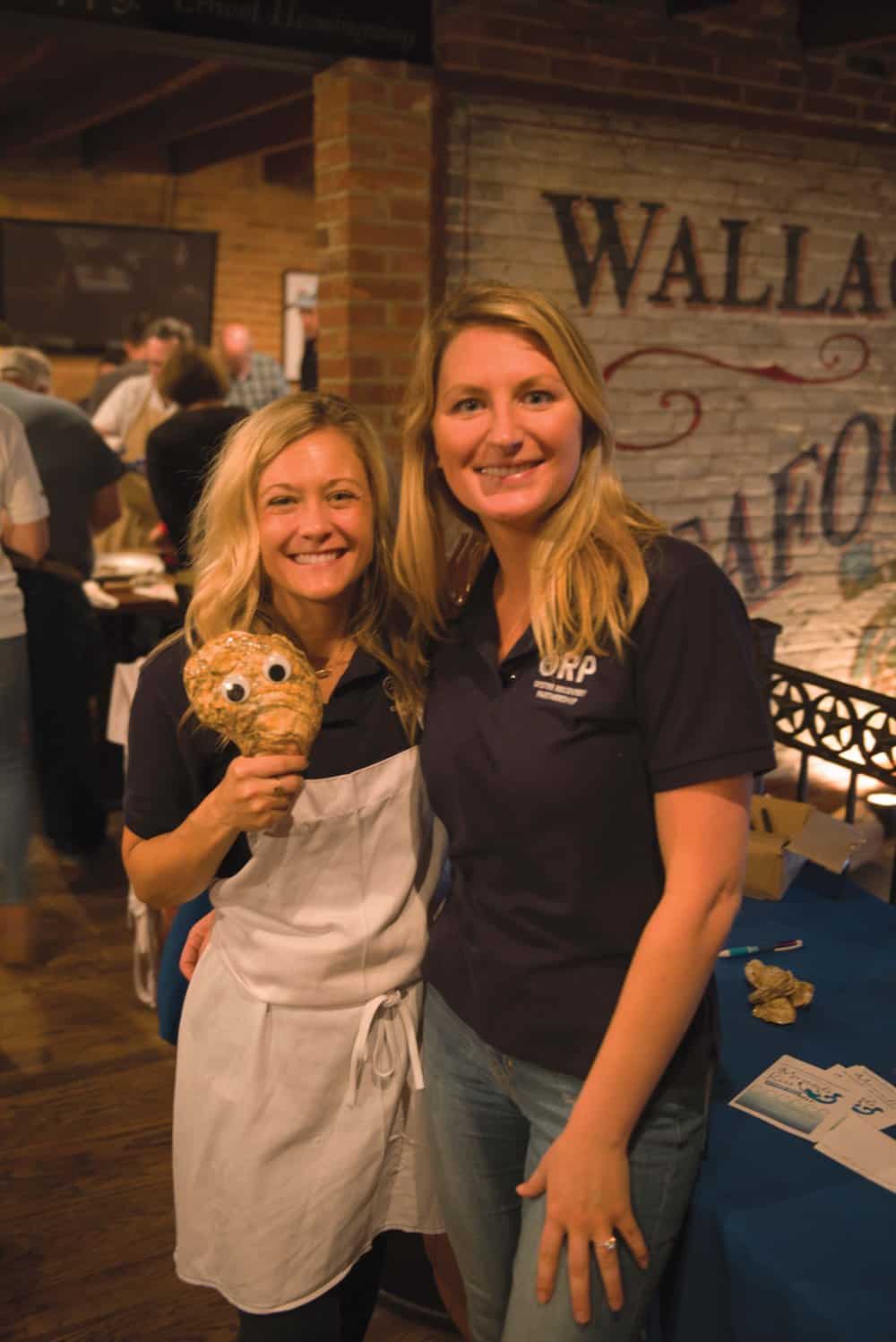
We learned two approaches to shucking an oyster: from the bill (front) and from the hinge (back). German explained how to slide the knife into the space where the top shell fits into the bottom shell (“It’s always about seven o’clock”), cut the adductor muscle, and wiggle the knife to pry the shell open. If the knife is in far enough that you can hold the oyster up by the knife “like a lollipop,” then it’s in far enough, said German.
Covering this story has its perks. At the end of the demonstration, German handed me the big, juicy oyster he had opened. Yum.
When the time came for the amateurs to try shucking for themselves, the chatter around the tables dimmed to quiet concentration. German and Kavanagh roamed the room, moving patiently from student to student, as some struggled with the task.
Not 11-year-old Weston Blottenberger, whose parents waited at the bar as he dug into one oyster after another, brow furrowed. His mom told me how the boy discovered oysters at Ryleigh’s streetside oyster festival a few years ago. Once he’d tried his first oyster, he had to have two or three dozen right away.
Philip Deutsche, told me he recently moved to the Baltimore area after living in New York and Los Angeles. He was attending the event to socialize and to learn more about the Bay.
He did. This and other ORP events aim to teach about oyster restoration. So after the shucking, Education Program Manager Bryan Gomes gave a crash course on why oysters are in trouble (overharvesting, pollution from runoff, disease) and what their importance is in the health of the Bay (acting as water filters, habitat for other water life). Most participants were surprised to learn that about 90 percent of restaurants serve farm-raised oysters.
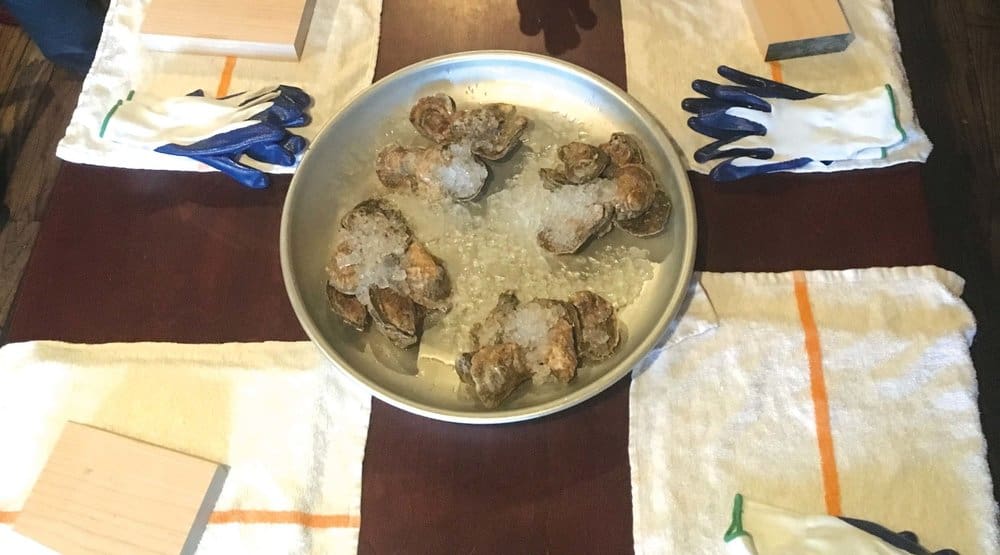
All of ORP’s shucking events are held at restoration-committed restaurants like Ryleigh’s that recycle their old oyster shells to be used as homes for new baby oysters.
When the last oyster had been shucked, some of the students said they felt more confident about their skills than when the lesson began, but others said they’d continue to leave the work to the pros. Besides, attendee and food blogger Rachel Rappaport, who keeps a diary of each oyster variety she tries, said she thinks oysters are best served already on the half shell.
If you’d like to try your hand at shucking, ORP is holding more Shuck like a Pro events around the watershed; details at oysterrecovery.org

